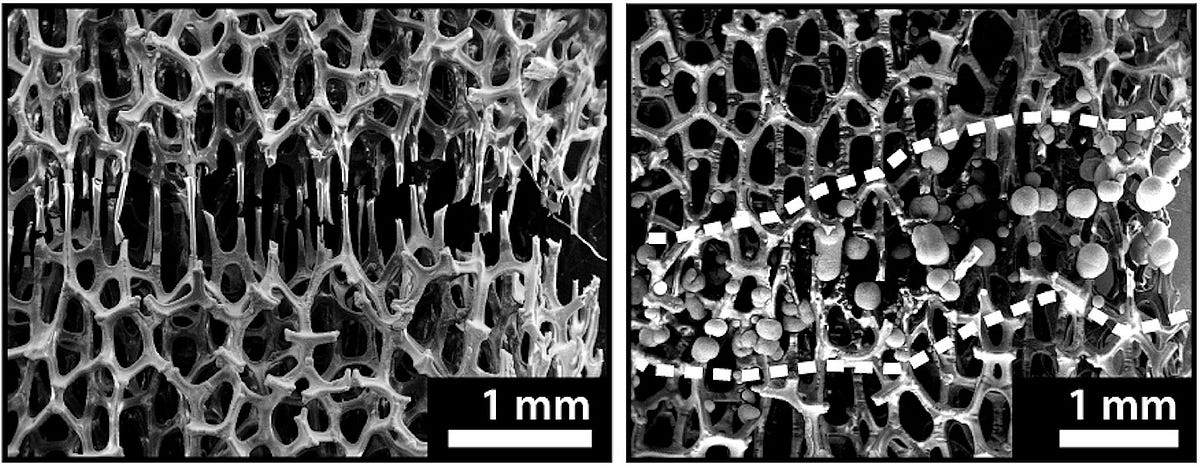Penn Fourth on Reuters’ ‘Most Innovative Universities’ List
Mechanical Engineering research on ‘self-healing’ metal foam was cited as an example of how Penn research can ‘advance science, invent new technologies and power new markets and industries.’

Each year, Reuters compiles a list of the world’s “Most Innovative Universities,” basing its rankings on the number of patents filed by faculty members, the number of citations their research papers receive and other data points.
Penn is fourth on this list for the third consecutive year and Engineering research was cited as an example of the innovative approach the University brings to problems in a variety of fields.

Earlier this year, James Pikul, assistant professor in the Department of Mechanical Engineering and Applied Mechanics and Zakaria Hsain, a graduate student in his lab, published a study that showed how a bone-like metal foam can be ‘healed’ at room temperature.
The Penn Engineers’ new technique involves coating the microscopic struts of the foam with an inert plastic polymer, which means the metal is only exposed when and where the foam is damaged. They then use electrochemistry to add new metal to the exposed struts, reconnecting them and repairing damage, including to pieces that had been cut in half.
Penn students will have an opportunity to work with this self-healing metal foam as part of this year’s Y-Prize, in which teams compete to form business plans around Penn Engineering technologies. Submissions are open until November 10.
Natasha Brown of CBS3 Philly also cited Pikul and Hsain’s work in a report on the Reuters rankings:

Read more about Penn Engineering’s self-healing metal foam research here.
